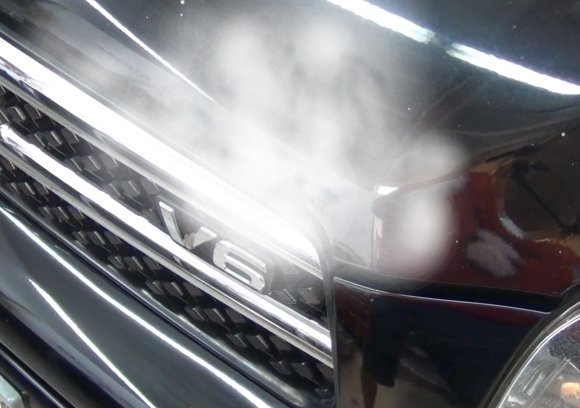There's a cheap way to fix this, and it's a more reliable fix. Use a hacksaw or air cutoff tool to cut the aluminum crimps off the ends of the hoses. At the rear there are plastic quick disconnects. They have rubber o-ring seals that often shrink in cold weather and leak. The newer improved parts have TWO rubber o-rings that shrink and leak. Once you disconnect the old hoses from the rear heater up to the front cross member, just use regular rubber heater hose. As I recall, you need 3/4" diameter hose which you can buy in bulk from the parts stores. I always left the old hoses in place so I could tie the new hoses to them with nylon tie straps.
Watch at the rear that the hoses don't bend so sharply that they kink. The rear heater can be hard to bleed the air out because the ports are on the bottom. I used a cooling system pressure tester to pump up the pressure in the system, but you can accomplish the same thing by just bringing the engine up to normal temperature. Once pressure builds up, pinch off one of the hoses, then loosen the rear clamp on that hose. Coolant will flow through the other hose and the rear heater core, and the air will come out by the loose clamp. This works best when the radiator is NOT full. The air in it will compress. It expands a lot while bleeding the rear unit, so a lot of air can be removed before you have to pressurize the system some more.
If you don't bleed the rear heater core, the air will compress in it and a little coolant will trickle in every time the engine goes through a warm up / cool down cycle. This won't hurt anything but it could take more than a week before coolant starts flowing on its own. This is fine for you and me, but most customers aren't willing to wait to be sure their vehicle is fixed. That's why I used the bleeding trick.
Check the coolant level in the overflow reservoir regularly until you start getting heat out of the rear heater.
Caradiodoc
Friday, May 8th, 2009 AT 1:27 AM


